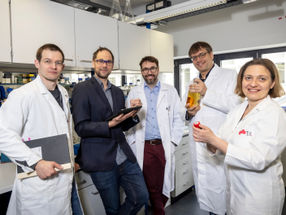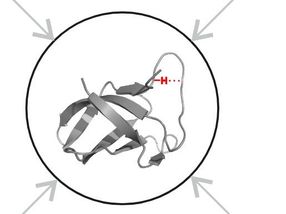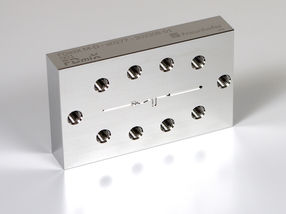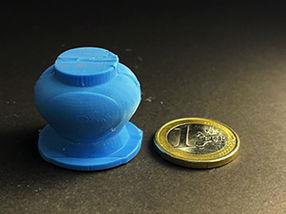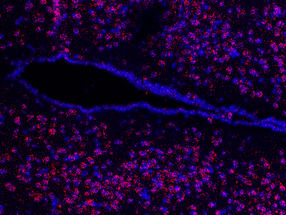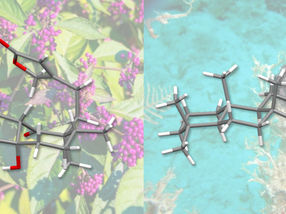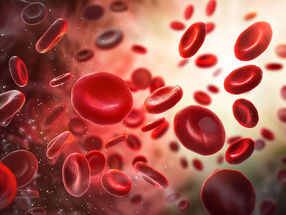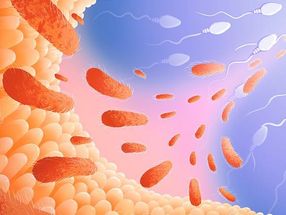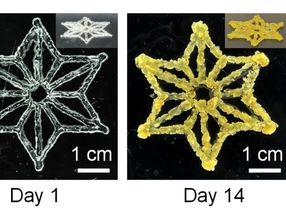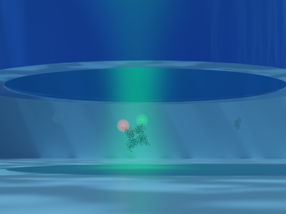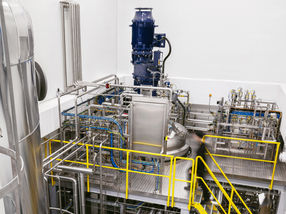New research proves that co-existenceof GM and non GM maize crops is NOT a problem
Co-existence of GM and non GM maize crops can be successfully delivered by applying a few simple measures according to a report published on 1 December 2004.
The report was published just as the European Commission failed to come to a decision on whether national bans on a number of authorised GMOs currently in place in five EU member states should be lifted, and as a number of member states have put forward their rules for co-existence.
According to one of the authors of the report Graham Brookes: 'The evidence is clear cut and consistent - all you need for co-existence of GM and non GM maize is four buffer rows or several metres separation distance between crops. This contrasts with impractical and disproportionate maize co-existence rules being put forward in some member states'
The report reviewed the commercial experience of farmers who grow GM maize in Spain and summarised the findings of a number of co-existence research studies in Europe and other countries.
In addition, the following key findings are reported: · GM-specific co-existence research in Spain and France shows that by applying good farming practices and normal harvesting practices alone (i.e. without the formal application of co-existence measures) the 99.1% purity threshold set by the 2004 EU labelling legislation can be achieved.
· By applying additional specific co-existence measures in isolation or in combination the probability of GM adventitious presence being found in a non GM maize crop (grown in close proximity) is reduced further.
· Experience from Spain shows that the application of four buffer rows of non GM maize between a GM crop (on the GM growing farm) and a non GM crop (on an adjacent farm in plots of under 1 hectare) as a single measure has delivered effective co-existence.
· A separation distance of 6 metres is also effective. Application of a greater separation distance (e.g. 10-12 metres identified in the French co-existence research) offers additional provision for worst case scenarios and reduces further the probability of GM adventitious presence occurring to minute levels.
Other news from the department science

Get the life science industry in your inbox
From now on, don't miss a thing: Our newsletter for biotechnology, pharma and life sciences brings you up to date every Tuesday and Thursday. The latest industry news, product highlights and innovations - compact and easy to understand in your inbox. Researched by us so you don't have to.



